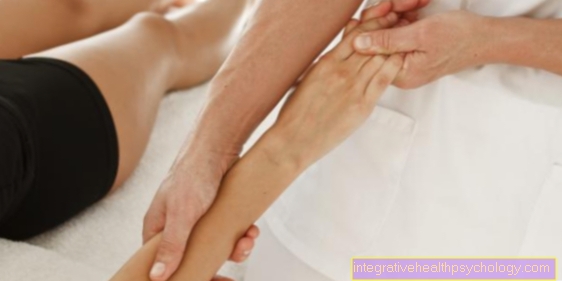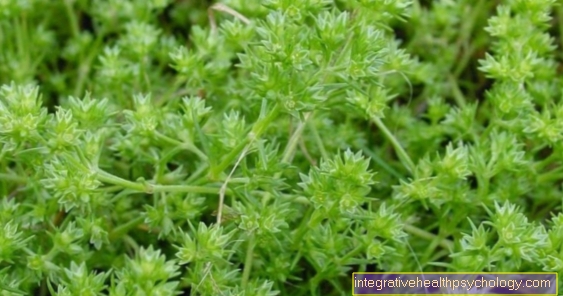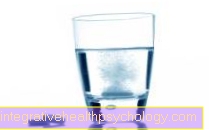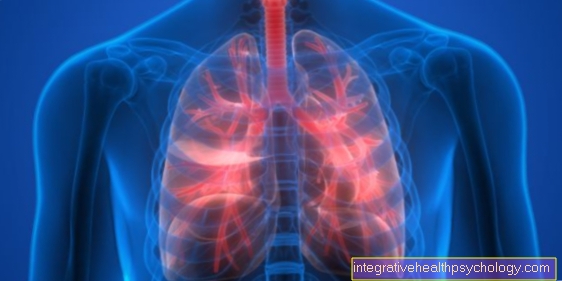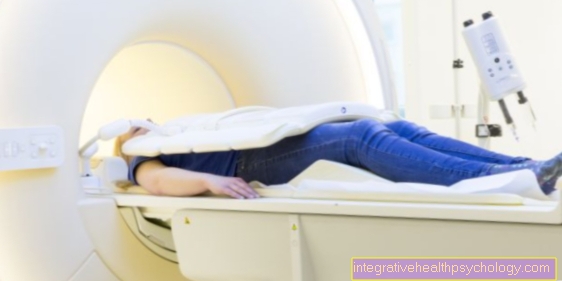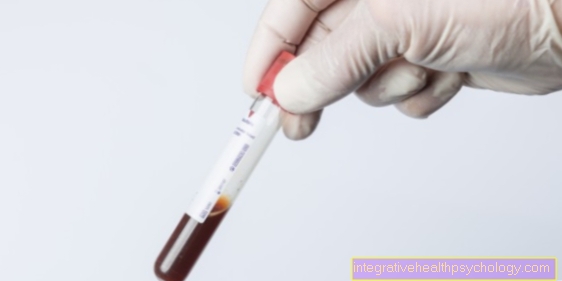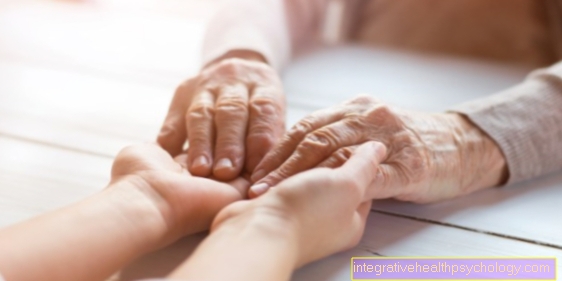Home remedies for circulatory disorders
Home remedies are a good complementary way to counteract circulatory problems. They are usually well tolerated and easy to use.
However, one should not rely solely on home remedies and herbal medications to treat a circulatory disorder.
The effects of home remedies are usually not sufficiently proven in studies. Even if many home remedies are over-the-counter, taking them should always be discussed with the attending physician, as the use of herbal remedies can also interact with other medications.
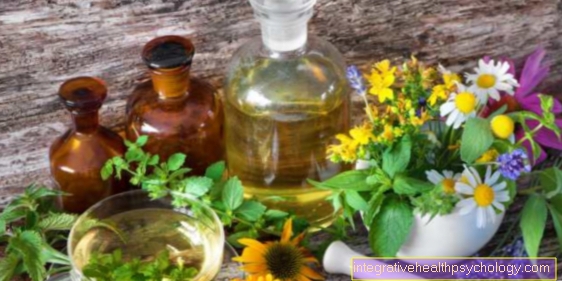
These home remedies can help
-
Foot and arm baths
-
Brush massages
-
garlic
-
Ginko
-
onion
-
Hawthorn
-
ginger
-
Cayenne pepper
-
Mountain pine oil
-
turmeric
garlic
Regular consumption of garlic is said to prevent atherosclerosis.
Atherosclerosis narrows the arteries and thus worsens the blood flow. Certain ingredients in garlic should prevent the deposition process on the vessel walls. There are several studies on the connection between garlic supplements and atherosclerosis.
However, the exact daily dose for best effect is not entirely clear. Here you should stick to the dose recommendation of the respective preparation. Garlic preparations should not be taken if there is an increased tendency to bleeding and blood clotting disorders. The reduced risk of arteriosclerosis when consuming garlic also has a positive effect on blood pressure.
However, garlic cannot do anything against existing arteriosclerosis. The garlic preparations serve to prevent arteriosclerosis and to stop the further formation of arteriosclerosis
Ginko
Ginko is one of the oldest tree species in the world. In ginko leaves there are certain ingredients that are supposed to promote blood circulation.
It is said to improve the flow properties of the blood. There is no definitive scientific evidence yet, but it is believed that ginko promotes blood circulation in the arms and legs as well as that of the brain. For these reasons, ginko is also approved for the treatment of dementia diseases.
In the case of PAD (peripheral arterial occlusive disease), Ginko can be used as a supportive measure in addition to the established gait training.
PAD is a disease in which the leg arteries are partially or completely blocked by arteriosclerosis and calcifications. This causes pain in the legs when walking longer distances. In a few cases, taking ginko leads to undesirable side effects.
Gastrointestinal complaints, headaches or allergic reactions are possible. Ready-made preparations from the pharmacy should be used for ingestion. This is a special dry preparation. It is not advisable to use tea, as this can also cause toxins from the plant to get into the tea.
Read more about the topic under: Peripheral arterial disease
onion
The onion is a medicinal plant that is widely used. Because of its anti-inflammatory effect, it is used for earache and insect bites.
Furthermore, it should also have a positive effect on the cholesterol balance. A good cholesterol level, in turn, has a positive effect on the blood vessels, since there is less arteriosclerosis.
However, it is not yet clear whether this effect only occurs when consuming raw onions. The amount at which positive effects occur has not yet been adequately researched. In addition, onions are said to contain a substance that inhibits the clumping of blood platelets and thus thins the blood. This allows the blood to flow better and improves blood circulation.
Read more about this under: Cholesterol and blood clotting
Foot baths
A warm foot bath widens the blood vessels, which improves blood circulation.
The vascular muscles are trained during alternate bathing. With warm water, the vessels are widened, with cold water they become narrowed.
In addition to a foot bath, the blood circulation can be supported with a brush massage. However, it is very important to note that foot baths are not suitable for everyone. For health reasons, foot baths should be avoided for some diseases. These include: arterial vascular diseases, such as PAD, or severe high blood pressure.
Warm foot baths should not be used for varicose veins and phlebitis. Therefore, you should ask your family doctor if a foot bath is suitable. Kneipp therapy in cold water also stimulates the circulation and can thereby improve blood circulation. In addition to foot baths, arm baths to promote blood circulation are also possible.
Hawthorn
Hawthorn is mainly used for heart failure, as hawthorn especially improves the blood flow to the heart and thus promotes its strength.
However, not only the vessels in the heart, but also the other vessels are dilated, so that the blood flow is generally supported.
Hawthorn also has a regulating and calming effect on blood pressure. However, the effect only occurs after taking it for several weeks. Hawthorn can be used as a tea, tincture, or in tablet form. Hawthorn is well tolerated. In rare cases, dizziness is possible. However, hawthorn should not be used during pregnancy.
Read more about this under: Heart failure
ginger tea
Like many other medicinal plants, ginger has a very broad spectrum of activity. Ginger tea is particularly known for its anti-inflammatory effects and is used for colds and digestive problems.
In addition, ginger tea has a blood circulation-promoting effect. Ginger prevents the blood from clumping, which has a positive effect on the blood vessels.
In addition to its blood circulation-promoting effect, ginger provides our body with many important nutrients. In addition to vitamin C, ginger also contains magnesium, iron, calcium and potassium.
Cayenne pepper
Cayenne pepper contains many hot substances, such as capsaicin. Substances such as capsaicin bind to certain receptors in the body and lead to the fact that humans perceive these substances as sharp. In addition, the receptors increase blood flow when stimulated.
Cayenne pepper is also said to stimulate the metabolism and strengthen the blood vessels, as it has a vasodilating effect. Cayenne pepper can also be used topically. Cayenne pepper may only be applied to intact skin without injuries. After application there is initially a painful burning sensation, but then this subsides and there is an improved blood circulation.
Cayenne pepper can also help relieve muscle tension locally.


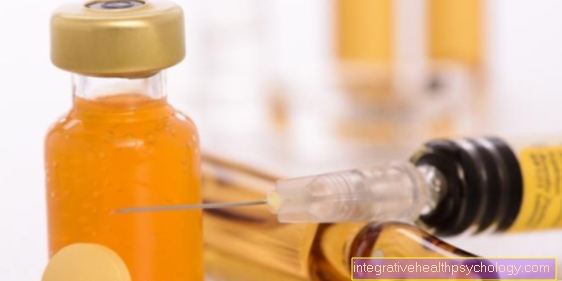



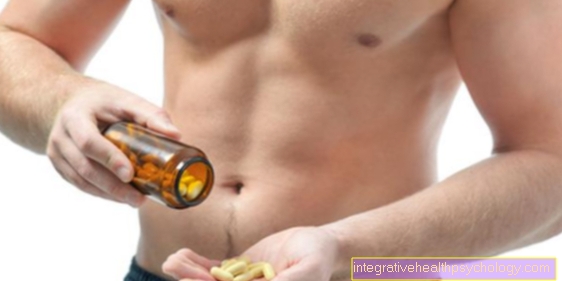



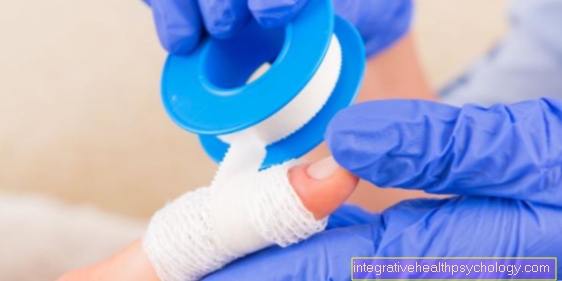
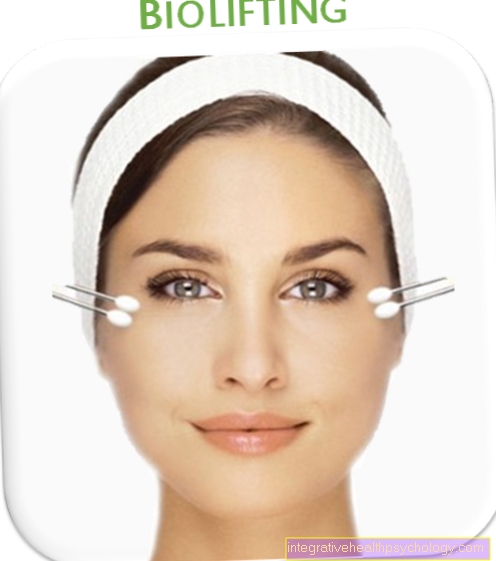




.jpg)

